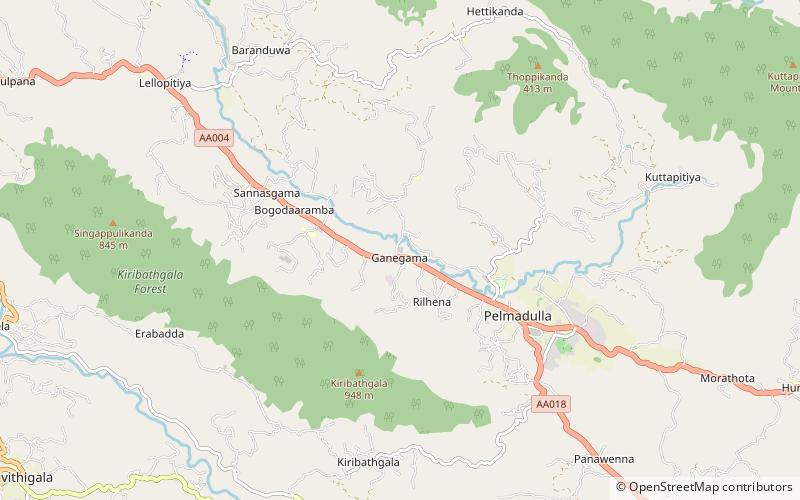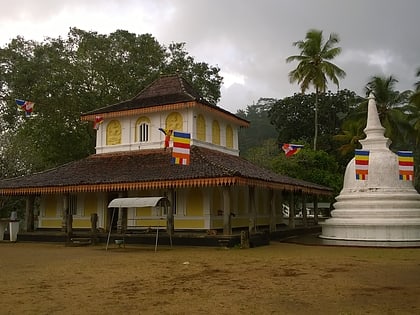Aramanapola Raja Maha Vihara


Facts and practical information
Nestled in the heart of Sri Lanka's lush landscapes, Aramanapola Raja Maha Vihara stands as a testament to the island's rich Buddhist heritage. This revered temple complex, known for its historical significance and spiritual ambiance, is a beacon for both pilgrims and history enthusiasts.
Aramanapola Raja Maha Vihara, with its origins steeped in antiquity, is believed to have been established during the Anuradhapura period, one of the most flourishing epochs in Sri Lankan history. The temple has since been a continuous place of worship and has undergone numerous renovations and expansions under various kings who have ruled the island.
The temple's architecture is a captivating blend of ancient craftsmanship and religious artistry. Visitors are often drawn to its intricate frescoes and sculptures that depict scenes from the Buddha's life and teachings. The vihara also houses a range of Buddhist relics, including statues and stupas that are of significant archaeological and religious value.
One of the highlights of Aramanapola Raja Maha Vihara is the serenity it offers amidst the bustling surroundings. Devotees and tourists alike find solace in the tranquil atmosphere of the temple grounds, which are often filled with the gentle sounds of chanting and the fragrance of incense.
Aramanapola Raja Maha Vihara is not just a place of worship; it is a cultural hub that represents the continuity of Buddhism in Sri Lanka. It plays a pivotal role in the community, hosting annual religious festivals and events that draw crowds from across the nation and beyond.
Ratnapura
